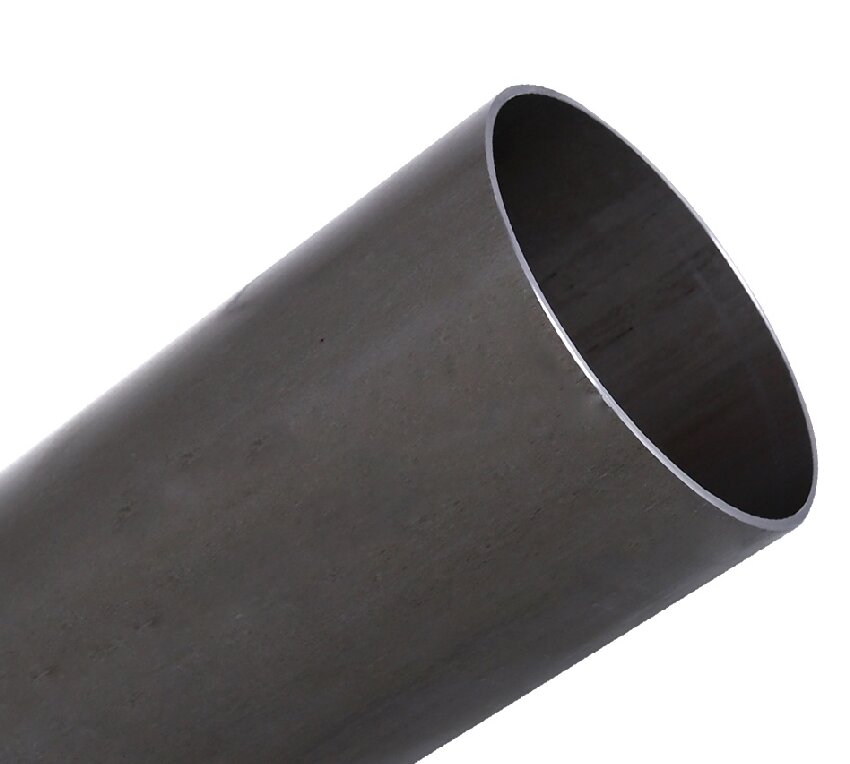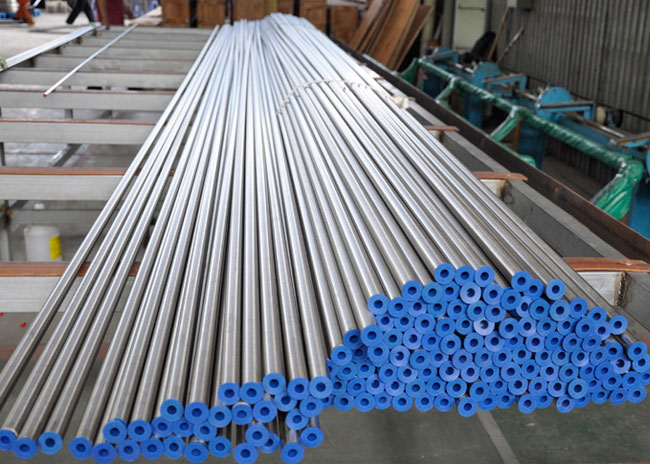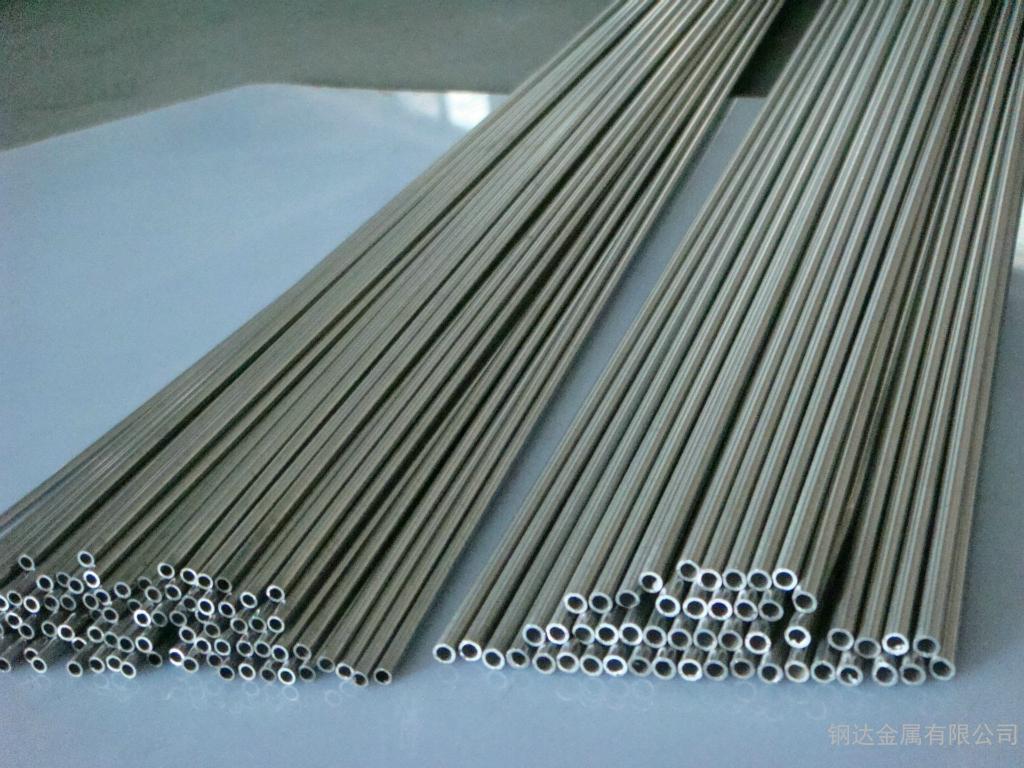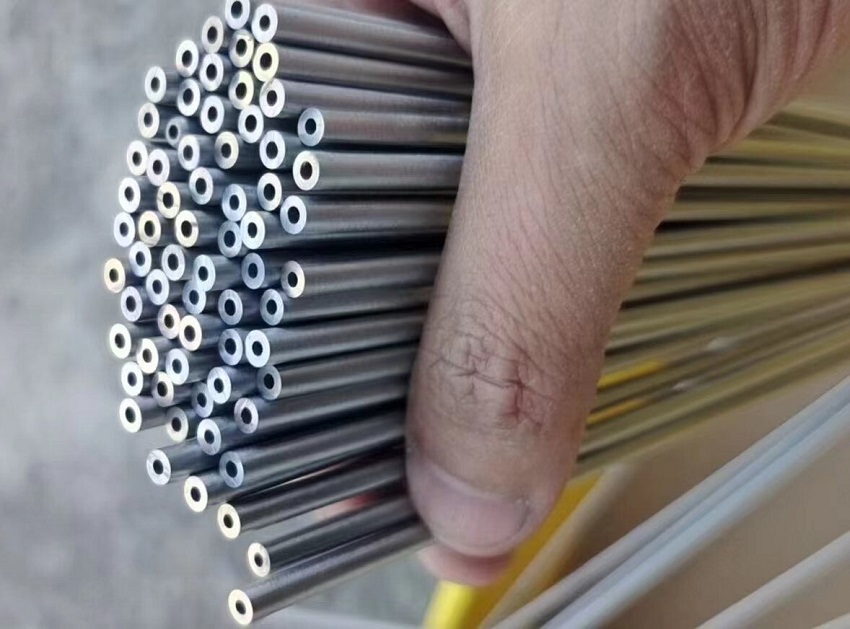NEWS CENTER
Three Production Methods for Precision Welded Pipes
Three Production Methods for Precision Welded Pipes
Precision welded pipes are manufactured using various methods to achieve high-quality, precise dimensions and superior mechanical properties.
First Production Method for Precision Welded Pipes:
The pipe is directly formed and welded from pipe billets (plates, strips), with main processes including plate and strip forming, welding, and sizing.
Features:
- Few production processes, involving simple plate and strip forming, welding, and sizing.
- Relatively simple engineering process suitable for applications with lower precision requirements.
- Short product production cycle, suitable for rapid production demands.
Second Production Method for Precision Welded Pipes:
Pipe billets (plates, strips) are first directly formed and welded into pipes of certain dimensions, which are then cold-drawn or cold-rolled into finished pipes, commonly known as DOM electric resistance welded (ERW) steel pipes. The main processes include forming, welding, sizing, cold rolling or cold drawing (with or without a core rod), or continuous cold drawing (i.e., an ERW-cold drawing combined production line).
Features:
- Production processes are relatively dispersed, involving forming, welding, sizing, cold rolling or cold drawing, and more.
- The technological process and production cycle are longer, requiring more time and resources.
- Occupies a relatively large area but produces products with high dimensional accuracy, smooth internal and external surfaces, excellent mechanical properties, and favorable metallographic structure.
Third Production Method for Precision Welded Pipes:
Pipe billets (plates, strips) are first directly formed and welded into pipes of certain dimensions, then enter a continuous reducing machine for cold reduction to become finished pipes. The main processes include forming, welding, and continuous cold reduction.
Features:
- Compact production processes, including forming, welding, and continuous cold reduction.
- Relatively simple technological process with high production efficiency for the unit.
- Quick changes in specifications, suitable for producing small-diameter and thin-walled ERW steel pipes.
Besides these method, also including High-Frequency Welding (HFW), Laser Beam Welding (LBW), and TIG (Tungsten Inert Gas) Welding. HFW uses high-frequency electrical currents for rapid, high-volume production with precise weld seams, ideal for automotive and construction applications. LBW employs a concentrated laser beam to achieve extremely high precision and minimal distortion, making it suitable for aerospace, electronics, and medical devices. TIG welding, also known as Gas Tungsten Arc Welding (GTAW), uses a non-consumable tungsten electrode to produce the weld. The welding area is protected from atmospheric contamination by an inert gas, usually argon.

DOM Precision Welded Pipes
请输入搜索关键字
确定






